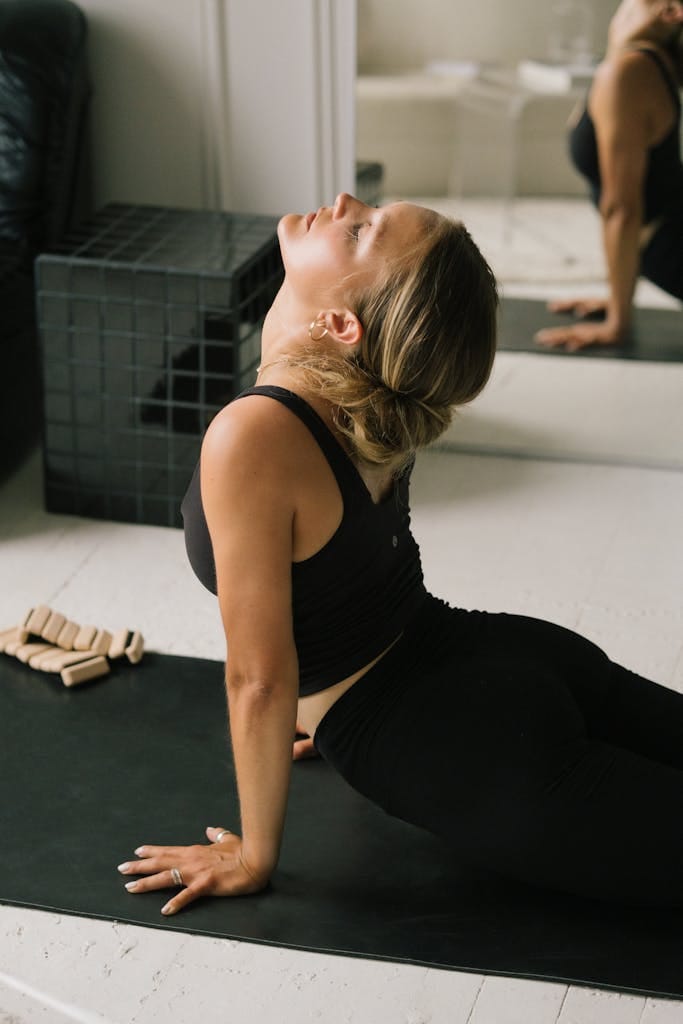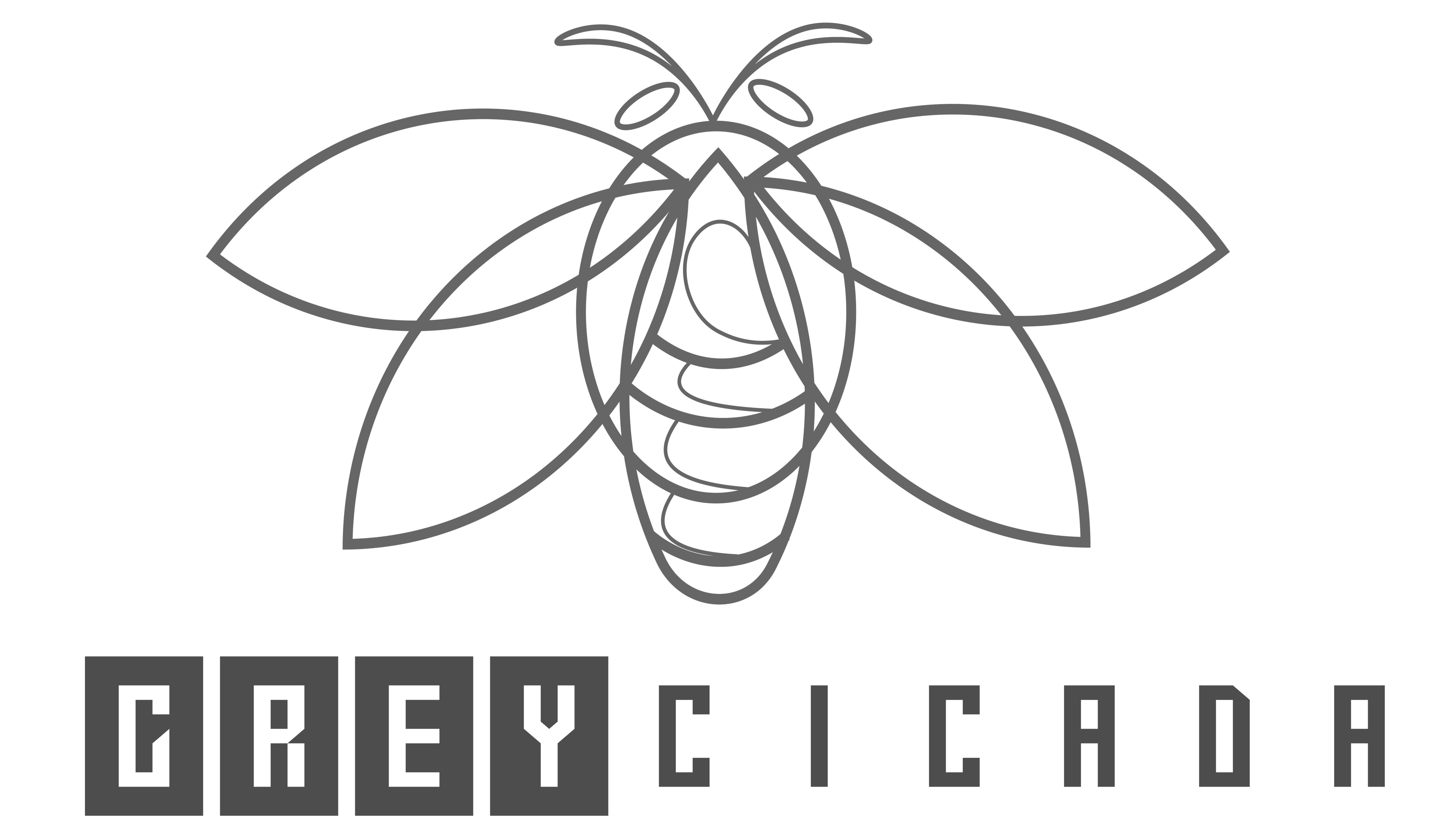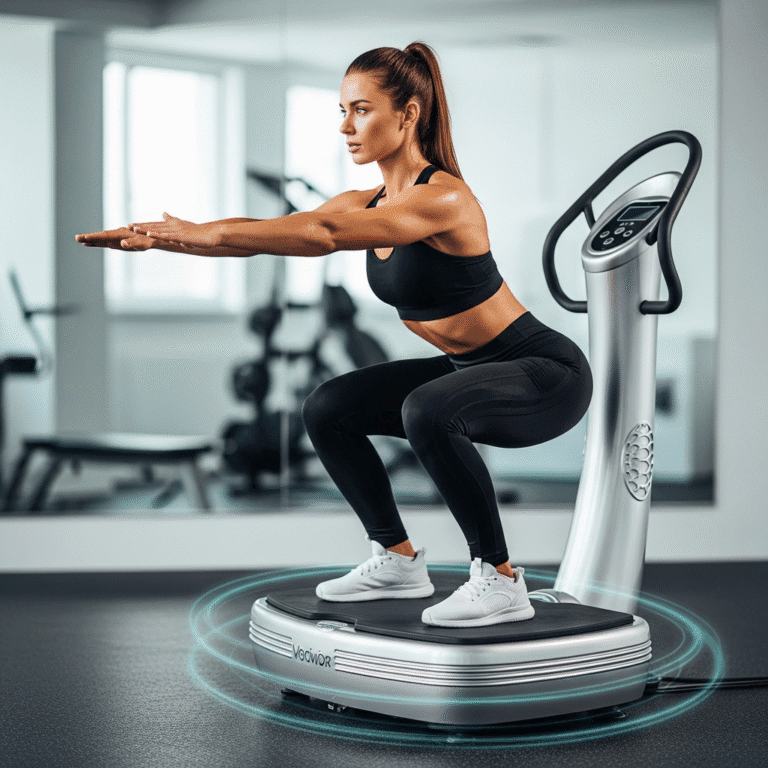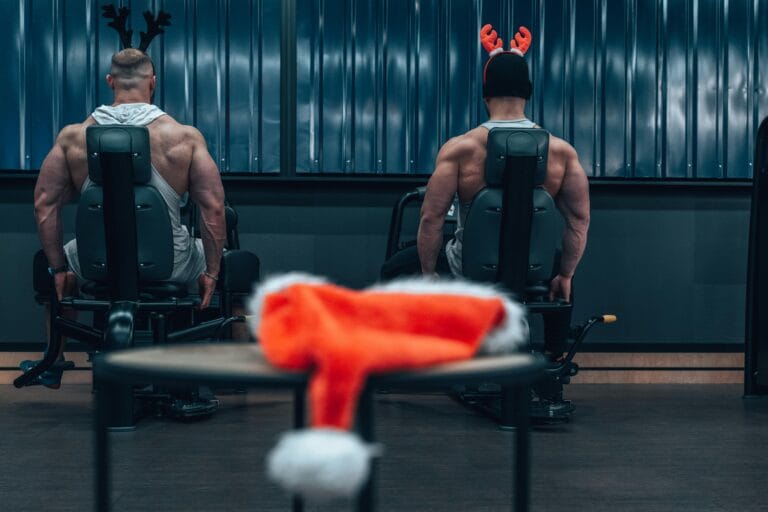FREE SHIPPING OVER $50
This Core Exercise Looks Easy—Until You Try It. Here’s How I Finally Made It Work

There are few exercises in the fitness world that are as universally recommended as the plank. Every trainer, every article, and every gym poster points to it as the holy grail of core strength. It looks so simple. You just hold a straight line. Easy, right?
I thought so too. The first time I tried to do a plank, I lasted all of 10 seconds before my body started to shake uncontrollably. My hips sagged, my shoulders rounded, and a fiery pain shot through my back. It felt less like a core workout and more like a public display of my utter lack of strength. I felt defeated, embarrassed, and confused. How could something that looked so effortless be so incredibly difficult? For the longest time, I thought it was a workout I was simply destined to fail at. But I was wrong. The plank isn’t an exercise you fail at; it’s an exercise you learn. And once I learned the simple modifications and tweaks that every trainer should be teaching, I finally made it work.
The Secret to a Strong Core: Why the Plank is the Holy Grail
Before we get to the how-to, it’s important to understand the “why.” Why is the plank so revered in the fitness community? Because a strong core is the foundation of everything we do. It’s not just about having a six-pack; your core is a network of muscles that wraps around your entire torso, from your pelvis to your shoulder blades.
A strong core is essential for:
- Stability and Balance: It allows you to stand, walk, and move without falling over.
- Injury Prevention: It acts as a natural brace, protecting your spine and reducing the risk of back pain.
- Improved Performance: It allows you to generate and transfer power more efficiently, meaning you can lift heavier weights, run faster, and jump higher.
- Better Posture: It helps you stand up straight, which not only looks better but also prevents muscle imbalances and pain.
The plank is so effective because it is an isometric exercise. This means you are holding a static position, which forces your core muscles to work together to stabilize your body. It engages your abs, glutes, hips, and shoulders all at once, providing a full-body challenge that is unmatched by traditional sit-ups.
The Plight of the Planker: The Mistakes We All Make
That feeling of failure you get when you try to hold a plank for the first time? It’s often due to simple, yet common, mistakes. Correcting these errors is the first step to finally mastering the plank.
- Sagging Hips: This is the most common mistake. When your hips sink, the tension shifts from your core to your lower back, leading to pain and defeating the purpose of the exercise.
- Looking Up: When you look up, you put unnecessary strain on your neck. Your head should be in a neutral position, looking down at the floor.
- Rounded Shoulders: If your shoulders are scrunched up toward your ears, you are not engaging your upper back properly. Your shoulders should be pulled down and back.
- Holding Your Breath: The plank requires a ton of energy, and holding your breath will only make it harder. Remember to breathe deeply and slowly throughout the exercise.
- Doing It for Too Long, Too Soon: A plank with perfect form for 20 seconds is a thousand times more effective than a sloppy one for a full minute. Focus on form over duration.
My Breakthrough: How I Made the Plank Finally Work
I was ready to give up on the plank until I discovered the power of modification and progression. I stopped trying to jump to the hardest version and started at the very beginning. Here’s the step-by-step approach that finally allowed me to build the core strength I needed to master it.
The Starting Point: The Wall Plank
Instead of starting on the floor, I started with my hands on a wall, standing a few feet away. This simple change allowed me to get the feeling of a plank and focus on engaging my core, without putting too much pressure on my body. It helped me learn how to activate my abs and glutes, which is the whole point of the exercise.
From the Knees to the Toes
After a week of wall planks, I moved to the floor, but from my knees. This is a legitimate, effective modification that is a crucial step in building a strong core. It allows you to hold the correct form for a longer period of time and gradually build the strength you need to move to the full version.
The Forearm vs. Hand Plank
I discovered that the forearm plank was a bit more comfortable for me than the hand plank. By keeping my hands on the ground, I could better engage my lats and shoulders. I also learned to actively squeeze my elbows toward my toes and my toes toward my elbows, which is a powerful cue to engage your entire core.
Tuning In: The Mind-Body Connection
This was the most important change of all. I stopped just holding a position and started actively engaging my muscles. I thought of pulling my belly button toward my spine, squeezing my glutes, and tucking my pelvis forward. This mind-body connection made a 20-second plank feel ten times harder, but it also made it infinitely more effective.
A Step-by-Step Guide to a Stronger Core
This is the progressive workout plan that helped me go from struggling for 10 seconds to confidently holding a plank for over a minute. Follow this plan, and you will see and feel a difference.
Level 1: The Wall Plank
- Goal: 3 sets of 30-45 seconds.
- How-to: Stand a few feet from a wall, place your hands on the wall shoulder-width apart, and lean forward into a push-up position. Engage your core and glutes, keeping your body in a straight line.
Level 2: The Knee Plank
- Goal: 3 sets of 30-45 seconds.
- How-to: Get into a push-up position, but with your knees on the floor. Keep your back straight, engage your abs, and hold. Once you can hold for 45 seconds with perfect form, move to the next level.
Level 3: The Full Plank
- Goal: 3 sets of 30-60 seconds.
- How-to: In a push-up position, support your body on your hands or forearms, with your body in a straight line from head to toe. Engage your core and hold.
Why The Perfect Plank Form Matters for Your Fitness Goals
The strength you build from mastering the plank will transfer to every other area of your fitness journey.
- Lifting Heavier: A strong core is essential for lifting weights safely and effectively. It acts as a brace during squats and deadlifts, allowing you to move more weight and reduce your risk of injury.
- Ending Back Pain: A weak core is a leading cause of back pain. By strengthening your core muscles, you provide better support for your spine, which can help to alleviate chronic pain.
- Building a Better Body: By mastering the plank, you’re not just strengthening your core; you’re building a foundation of strength that will help you achieve all of your other fitness goals.
Conclusion
The plank is not an exercise you are either good or bad at. It is a fundamental core exercise that requires proper technique and a progressive approach. My journey with the plank was a lesson in humility and a testament to the fact that small, intentional changes can lead to incredible results. By focusing on form, starting with modifications, and listening to your body, you can finally master the plank and unlock the power of a truly strong core. It’s time to stop feeling defeated and start building the strong, stable, and resilient body you’ve always wanted.
Related Articles
- Is Alcohol Killing Your Gains? What Every Lifter Needs to Know
- He’s 63, Ripped, and Defying Aging. What He Told Me About Muscle Blew My Mind—You Need to Hear This
- Squats Hurting Your Knees? These 4 Fixes Changed Everything for Me
- Sore After Workouts? These 10 Cool-Down Exercises Ease Pain and Boost Flexibility Fast
- Over 60 and Fitter Than Most 30-Year-Olds—This Couple’s At-Home Routine Is Shocking Trainers



